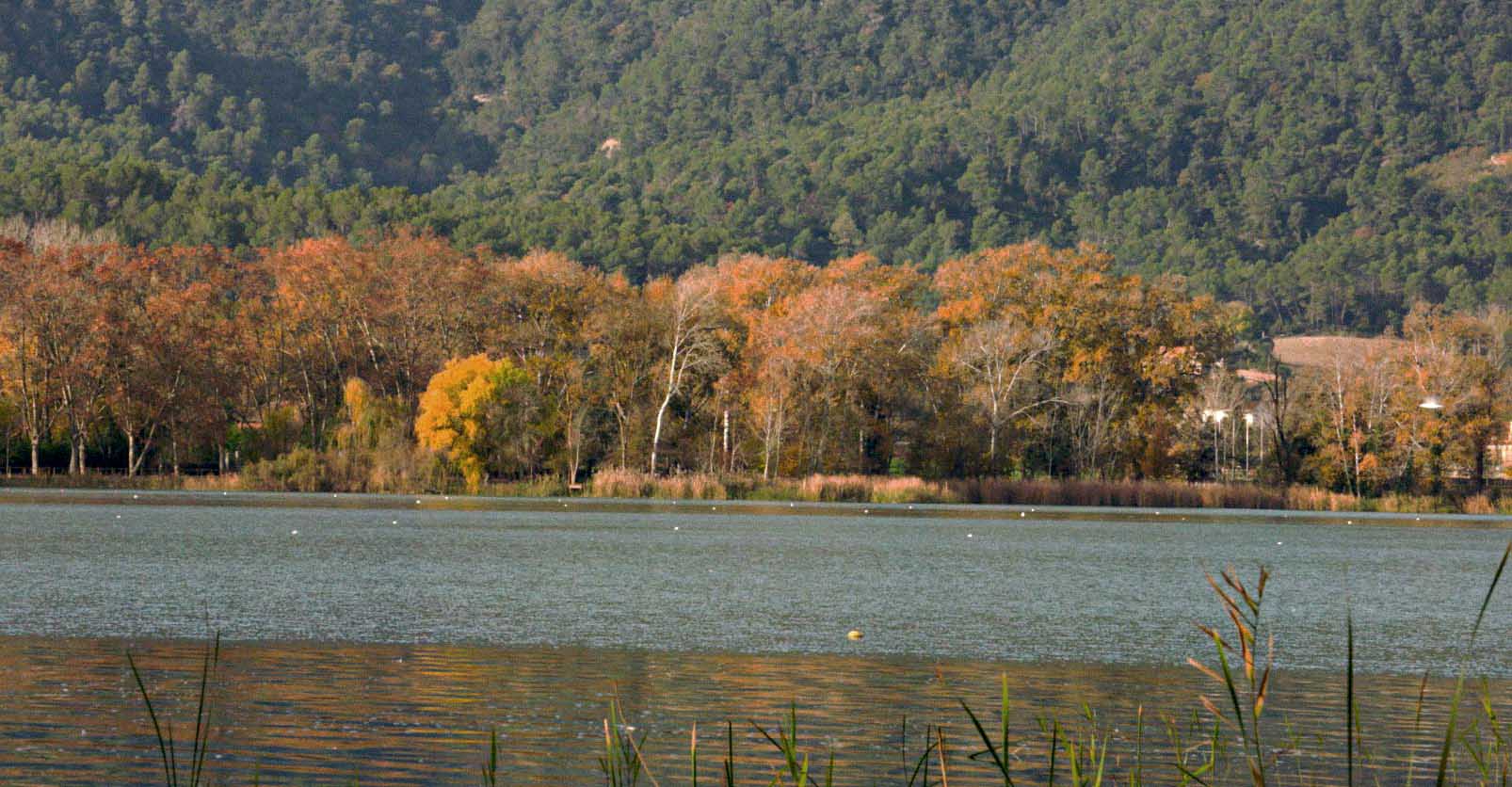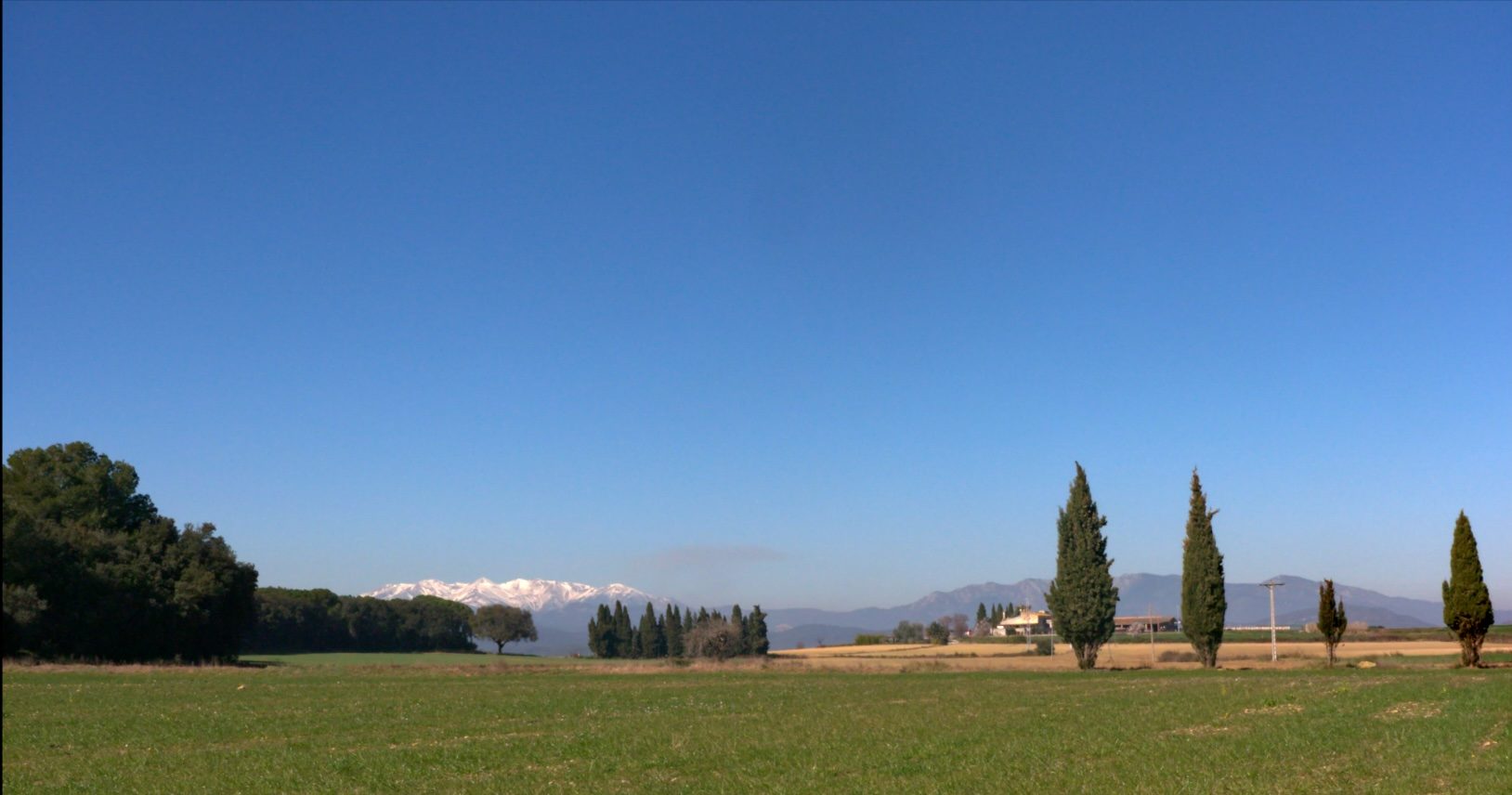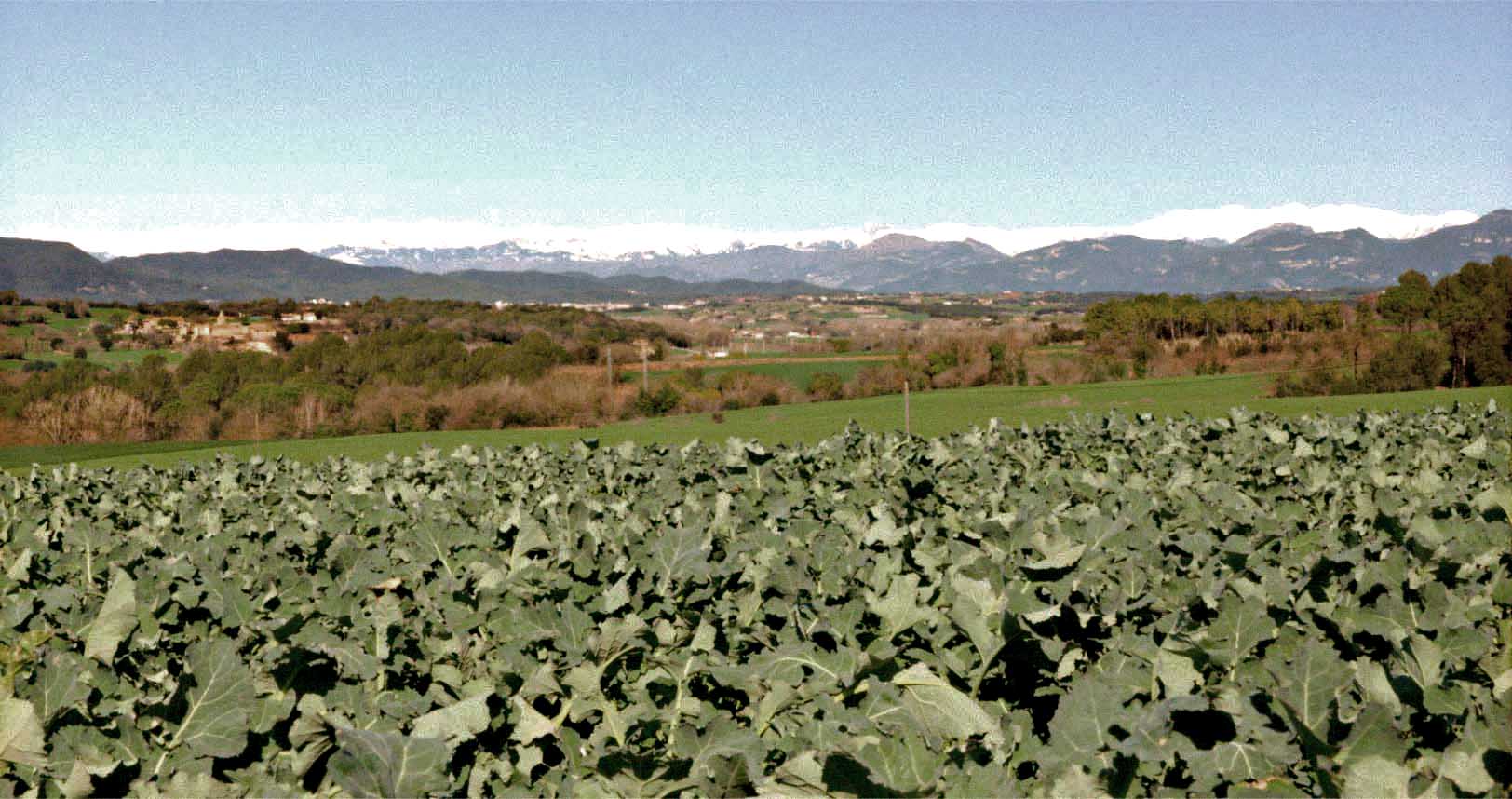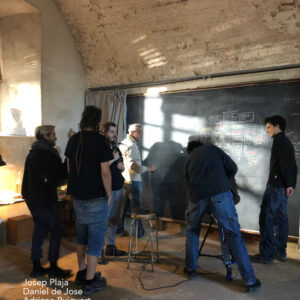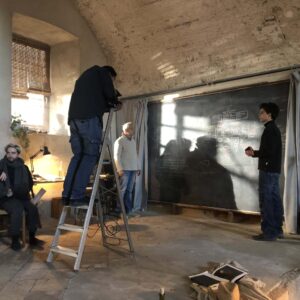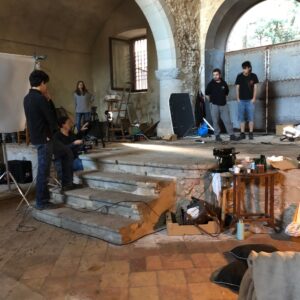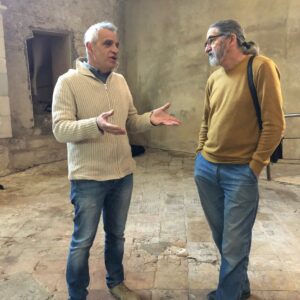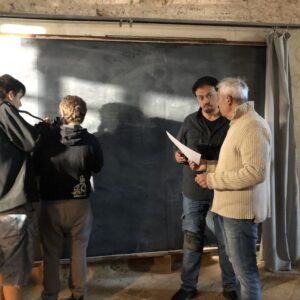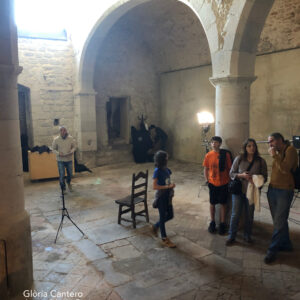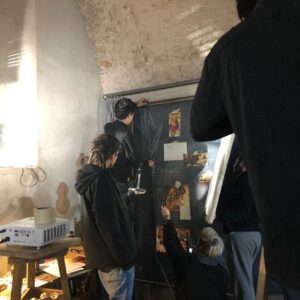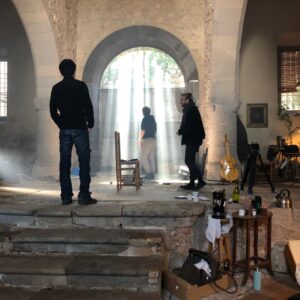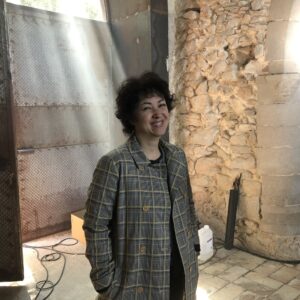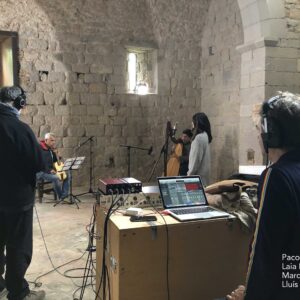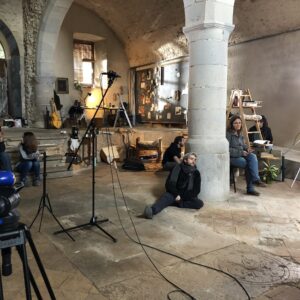TEN PRINCIPLES OF THE ESSAY DOCUMENTARY
In order to prioritise a film, a critical judgement must be made about it at some point. By knowing the context in which the film was made, we might be able to evaluate it from other perspectives.
Documentaries are associated with the word essay, which comes from the French word essai , translatable as “try”, “attempt”, “approach” or “test”. I apply the documentary essay as a working procedure aimed to grasp an expressive cinematographic form, of a more argumentative than narrative vocation.
Based on the experimentation carried out with the cinematographic precursors, they take the initiative in defining the basic precepts that form the ten principles of the “essay documentary” genre.
PREMISE
We aim to pursue the transformation of matter mainly by working with wood to build instruments in the luthier’s workshop. We want to emphasise the harmonic values of humans with nature. Human activity processing matter to transform it into vibration, vibrations inherent to the universe…
The word matter has, in its Greek and Latin origin, the meaning of wood, construction material, forest, jungle. The uniqueness of the word luthier is interesting; derived from luth (lute), the term really comes from the Arabic al-`ūd (lute), which means “the wood”.
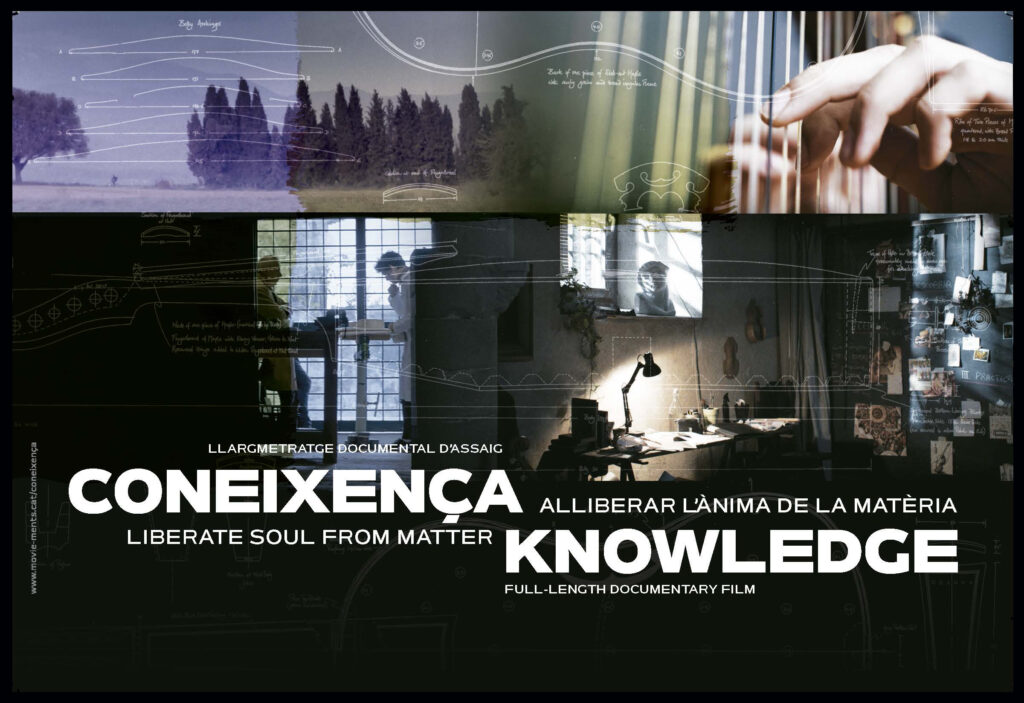
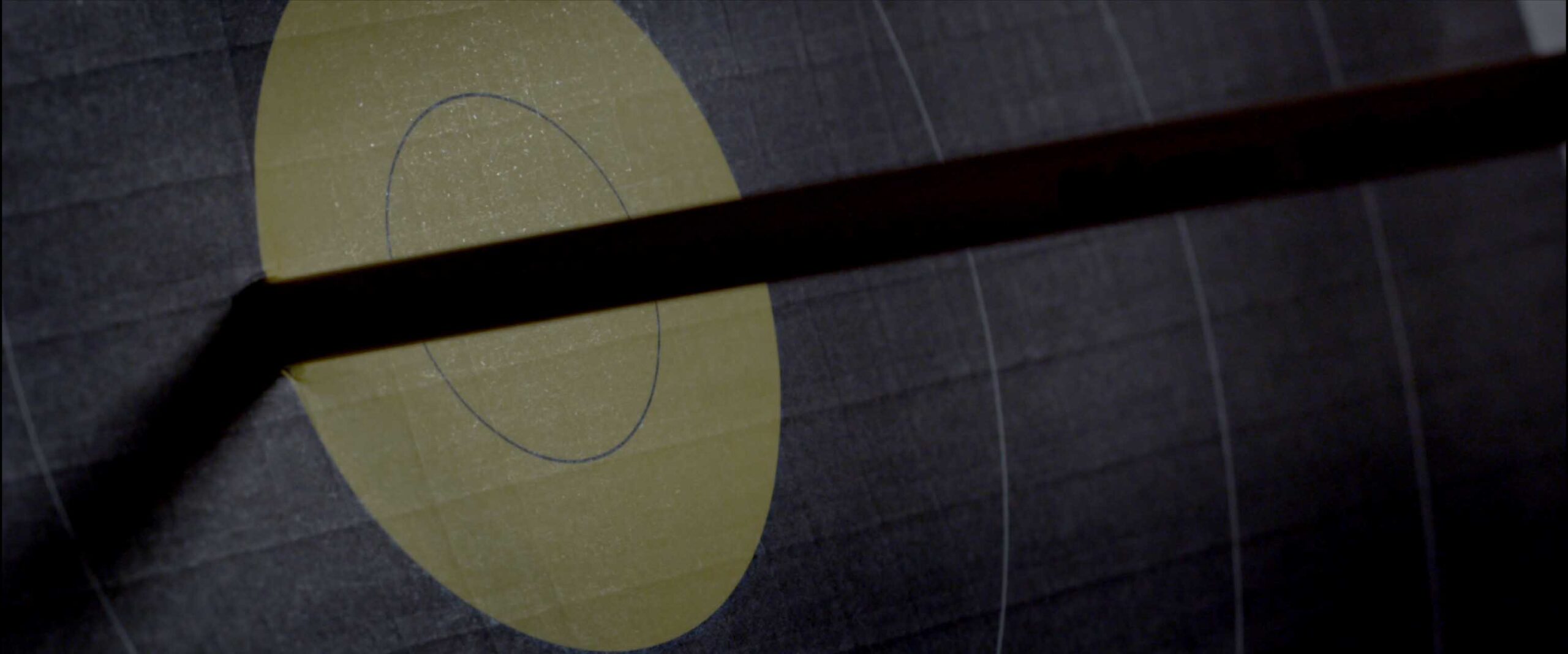
The Autotelic Notebook
Work in progress
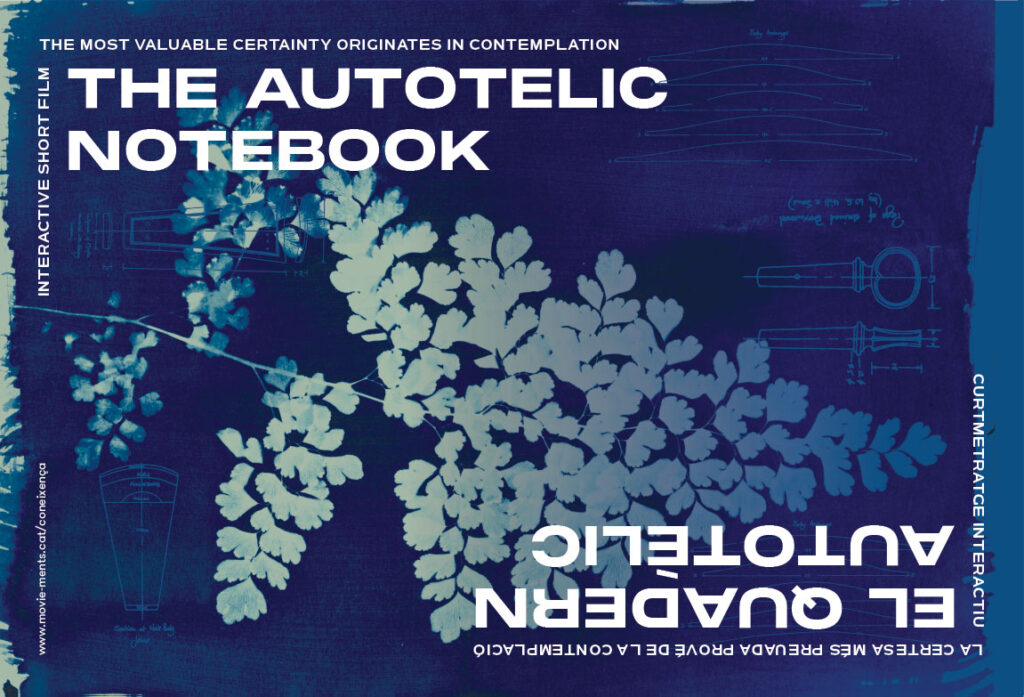
Premise
The most valuable certainty of our condition originates in contemplation.
The film Coneixença (“knowledge” in Catalan) is contemplated with the creation of an online game, based on an interactive notebook called El Quadern Autotèlic (“the autotelic notebook”). The notebook offers content through drawings, illustrations, texts, photographs, music and small video capsules. The user can participate by creating new pages with the incorporation of drawings, texts and photographs.
The plot reflects the construction of the creative process itself in formal terms, offering ideas and concepts mainly linked to nature, music and painting. The content is related to the five acts of the film Coneixença: search, discover, practice, relate and comprehend.
Credits
Locations
One of this project’s determining factors is the treatment of space. Certain workshop interiors are shown to emphasise space, regardless of the characters. To give space an independent role in the action, because a particular intimate time flows through space.
Located in the northeast corner of Catalonia, we are home to one of the most important identifying elements of the territory, Alt Empordà, an area which stretches from the coastal landscape to the mountain, not to mention the urban landscape. This important identify-defining value of the county’s landscape will frame the film’s exterior scenes in a striking way.
The town of Ordis, home to the luthier’s workshop, lies nestled in a landscape which delves in through narrow paths until reaching the church, flanked by a luxurious cypress. A few barley sprigs are depicted on its shield, allusions to the town’s name and the centuries-old farming of its land.
The learning sequence associated with the board unfolds inside the Chapel of Saint Lucy in Girona.
The different trees referenced are principally located in the landscape of the county of Pla de l’Estany. The maple and willow in Banyoles, the boxwood in Porqueres, the cypress in Ravós de Terri, the walnut tree in Vilamarí and the spruce in Sant Miquel de Campmajor and the spruces of the town of Susqueda in Sant Martí Sacalm.
Aniol Petit’s workshop is in the municipality of Sant Cebrià de Vallalta, near the town of Sant Pol de Mar in the county of Maresme. A space located on the threshold of
Montnegre Corredor Natural Park with extensive formations of holly and cork oak groves.
